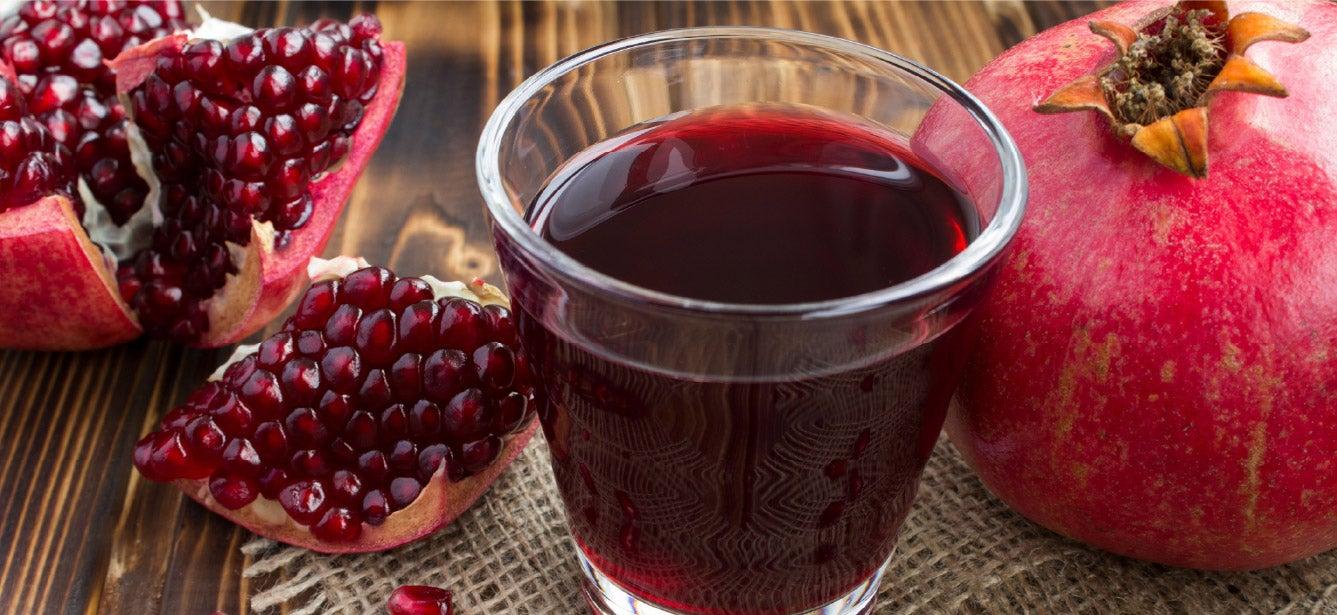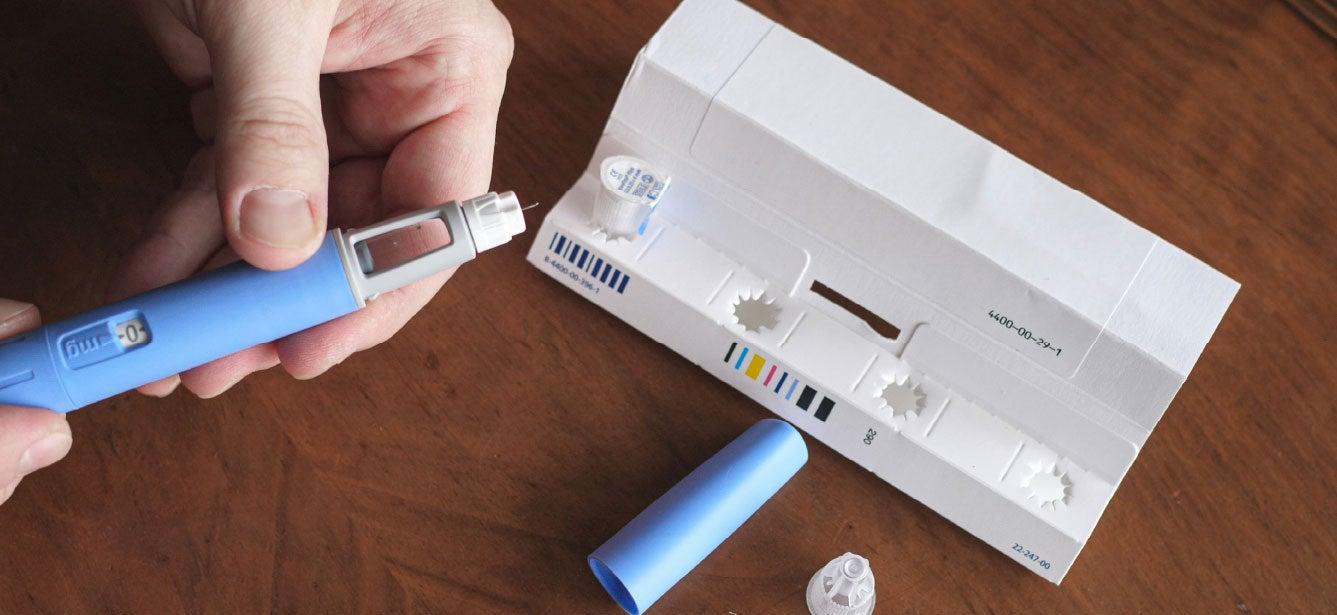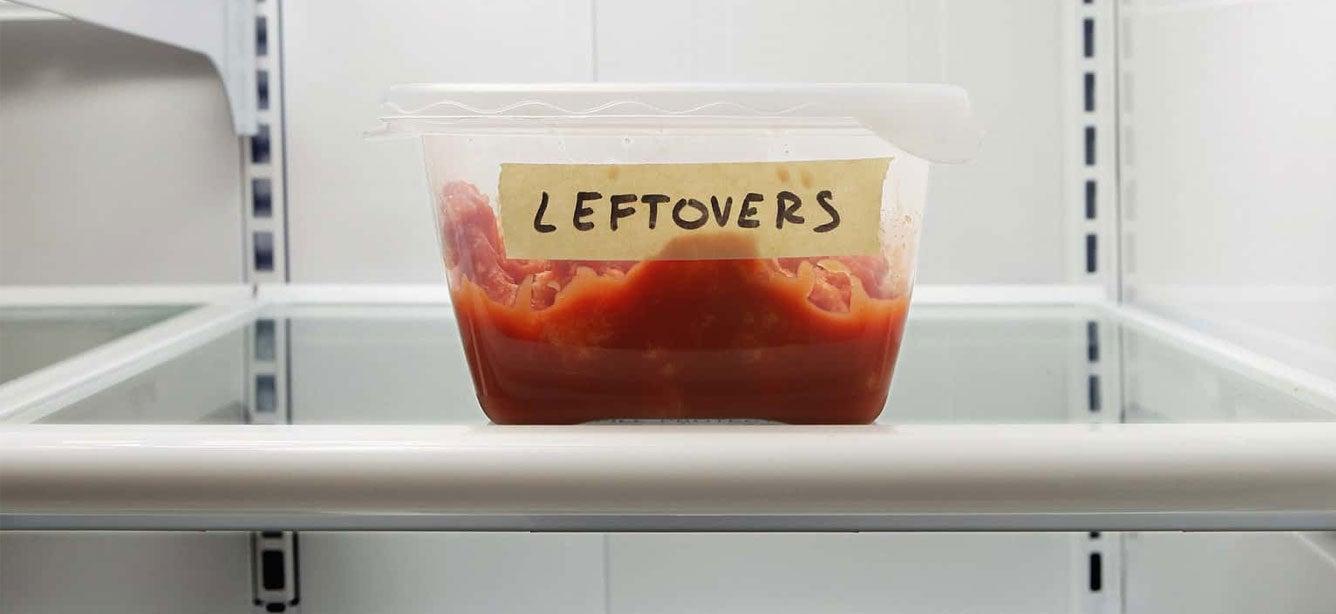
Related Topics
To keep high blood pressure at bay, there are a few habits that can help, including avoiding excess weight gain, quitting smoking, engaging in regular physical activity, and eating right. If you have high blood pressure—or even if you don’t—you’ve likely heard about certain foods that can help you lower it naturally. These foods offer heart-healthy nutrients, fiber, antioxidants, fats, anti-inflammatory compounds, and more.
But what about things you can drink? Do certain beverages help to lower blood pressure, too?
As it turns out, the answer is “yes.” And many of these drinks are available in the aisles of your local grocery store, at the farmer’s market, convenience store, or bodega. Just remember that natural sugars are found in fruit, vegetable, and milk-based drinks. Watch out for added sugars in sweetened beverages such as energy drinks, regular sodas, and flavored teas, which may increase blood pressure and heart disease risk.
Ready to give it a try? Changing what’s in your glass or tumbler can be a simple, straightforward way to get your blood pressure under control. It may even prevent you from having to take blood pressure medication. Just be sure to ask your health care provider before adding any new drink to your routine. That’s because some common beverages such as those made with citrus may blunt the effect of medications or just don’t mix well with certain prescription drugs.
What is high blood pressure?
High blood pressure, or hypertension, happens when the force of your blood against the walls of your arteries is too great. It’s known as the silent killer that quietly harms blood vessels and leads to health problems.
Hypertension has many causes, including lifestyle choices, genetics, and certain other risk factors such as race, age, gender and medical conditions. When left untreated, it can lead to heart attack and stroke.
In order to check your blood pressure and see whether it’s too high, your doctor uses an arm cuff to measure two things: Your systolic pressure, and your diastolic pressure. You’ve likely seen or heard these readings yourself, which show up as two numbers such as “110/70,” spoken out loud as “one-ten over seventy.” The top number is your systolic pressure; the bottom is your diastolic pressure.
In adults, normal blood pressure spans a range. However, if your two numbers are consistently higher than 120/80, it’s likely that you have hypertension.
To avoid developing or help manage high blood pressure:
- Choose whole and minimally processed foods as often as possible
- Cook more food at home to avoid typically high-sodium restaurant fare
- Limit intake of highly processed foods
- Flavor foods with herbs and spices rather than salt
- Read food labels so you can choose the lowest sodium products.
What beverage choices might help lower blood pressure?
When it comes to hypertension, some beverages are better than others. Here are 5 research-informed ideas for what to drink that may help lower your blood pressure (BP):
1. Apple juice
A recent scientific review showed that drinking apple juice in moderation provides heart-healthy advantages. That’s because the juice contains high levels of beneficial compounds, including antioxidants and polyphenols, that help reduce cholesterol and inflammation within the blood vessels.1 Because high cholesterol and hypertension are closely linked, it makes sense that lowering one can reduce the other.
Be sure to choose unsweetened, “cloudy” juice, or cider, which retains polyphenols that otherwise might be filtered out. Any juiced apple variety will do, though another recent report concluded that Gala and Fuji contain the highest levels of beneficial antioxidants.
Although whole apples are always better than apple juice, drinking moderate amounts of cider could be a convenient way to add a tasty drink to your dietary pattern and may contribute to a reduction in your BP.
2. Beet juice
Fruits and vegetables such as colorful beets are recommended as part of the DASH (Dietary Approaches to Stop Hypertension) eating pattern, and for good reason. They’re low in calories, high in vitamins such as vitamin C, and loaded with nitrates, which studies have shown to significantly reduce systolic and diastolic blood pressure.2
If you don’t like the texture of beets, you’re in luck. Raw or roasted, you can blend them into a juice yourself, or you can buy beetroot juice at the grocery store (check the natural foods aisle if you don’t see it next to more common choices).
3. Milk (low-fat or fat-free)
Milk contains important nutrients your body needs, such as potassium, calcium, and magnesium—all of which play an important role in bone mineral density and maintaining healthy blood pressure. And new research strongly suggests that drinking low-fat milk over a period of weeks has a blood pressure lowering effect in middle aged, overweight adults.3 While these studies did not examine the effects of drinking full-fat milk, the DASH eating plan recommends sticking to low-fat or fat-free choices.
On the other hand, for older adults trying to maintain weight, reduced fat milk (2% fat) or whole milk can help prevent unintended weight loss. Milk is a good source of high-quality protein, too. Try adding your favorite milk to your morning coffee, tea, cold cereal, or oatmeal. Or consider drinkable yogurt, either for breakfast or as a snack. (Just be sure to avoid options that are high in added sugars).
4. Pomegranate juice
Pomegranate is a fruit that contains many nutrients is high in fiber, full of antioxidants and, like milk, potassium. But let’s face it: These bright red beauties are tough to peel, and the juicy seeds can be messy and hard to eat. That makes them an ideal choice for juicing. Not only is pomegranate juice tasty, but drinking it also can lower blood pressure—sometimes quickly.4
Pomegranate juice is fairly easy to find in most grocery stores. As with apple and beet juice, be sure to incorporate a new juice slowly in your daily routine, having one serving a day as your body adjusts. Always read labels to avoid brands that have added sugars.
5. Water
This one falls into a gray area. Many older adults lose the sensation of thirst until they are dehydrated. If you’re dehydrated—which causes blood pressure to rise—drinking water or any fluid can help you hydrate and bring your BP back into a normal range. On the other hand, if your blood pressure is low for any reason, drinking more water can actually increase it.
The main message here? Drinking water won’t magically cure hypertension if you have it. But staying hydrated is key for overall health.
What drinks should I avoid with high blood pressure?
There’s one big no-no, and you’ve probably already heard it: alcohol.
Consuming more than one alcoholic beverage per day (women) or more than two per day (men) can lead to elevated blood pressure, according to the Mayo Clinic.5 It can also reduce the effectiveness of blood pressure medications you already may be taking. And for some people on BP medications, alcohol can lower BP and cause dizziness, which can lead to falls and other problems.
Other beverages to avoid or limit include those that are high in:
- Salt
Too much dietary sodium can lead to high blood pressure, and many drinks contain lots of salt—including some popular tomato juice brands and diet sodas. Be sure to read labels. - Caffeine
While the jury is out on whether too much caffeine is bad for you, it’s generally a good idea to pay attention to how much you consume—especially if you already have high blood pressure.
The bottom line
If you have hypertension, there are effective ways to manage it. Lifestyle changes, such as following a heart-healthy diet and getting enough exercise, can help you lower your blood pressure without medication.
Not everyone will respond to these changes, however, which is why it’s important to work closely with your health care provider to let them know what is working and what is not. They can help you find the approach that’s right for you.
Sources
1. Bastien Vallée Marcotte, et. al. “Health Benefits of Apple Juice Consumption: A Review of Interventional Trials on Humans.” Nutrients, February 14, 2022. Found on the internet at https://www.ncbi.nlm.nih.gov/pmc/articles/PMC8879758/
2. Mirmiran et al. Functional properties of beetroot (Beta vulgaris) in management of cardio-metabolic diseases. Nutrition & Metabolism, January 7, 2020. Found on the internet at https://pubmed.ncbi.nlm.nih.gov/31921325/
3. Susan Rietsema, et. al. Effect of high compared with low dairy intake on blood pressure in overweight middle-aged adults: results of a randomized crossover intervention study. American Journal of Clinical Nutrition, August 1, 2019. Found on the internet at https://pubmed.ncbi.nlm.nih.gov/31237322/
4. Ghaemi F, et al. Impact of pomegranate juice on blood pressure: A systematic review and meta-analysis. Phytotherapy Research, October 2023. Found on the internet at https://pubmed.ncbi.nlm.nih.gov/37461211/
5. Mayo Clinic. Ten ways to control high blood pressure without medication. Found on the internet at https://www.mayoclinic.org/diseases-conditions/high-blood-pressure/in-depth/high-blood-pressure/art-20046974





